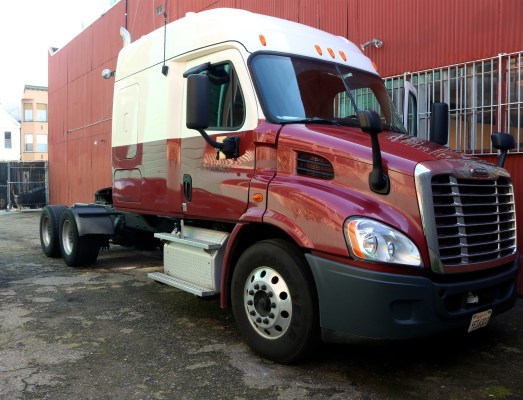Starsky Robotics has already used its autonomous trucks for paying gigs, including a 5,000-lb haul covering 140 miles, with 120 of those driven by the truck itself. It’s also moved trailers around a truck yard without anyone behind the wheel, a task that’s usually a time-consuming chore for someone or a team who has to get in and out of cabs. And Starsky’s tech doesn’t want to replace human divers – it wants to increase their quality of life.
The company is using autonomous capabilities where it can, but it’s also employing remote control driving when its trucks leave highway stretches, meaning a driver doesn’t have to be fully dedicated to a single vehicle in one physical location in order to do their job. They also don’t need to be present for the long miles of uneventful highway driving, which theoretically means safer roads due to less fatigue, and, Starsky claims, local driver schedules with higher, long-haul driver pay.
Starsky’s tech is also looking to make an impact now, by using components and techniques that are currently available at prices which are palatable to truck purchasers and manufacturers. That’s why it isn’t using LiDAR in its system, since it says it believes waiting for the cost curve to come down on that tech, which uses lasers to map surroundings to very high resolution, is “a moral hazard.”
Instead, Starsky’s solution uses computer vision, radar and software acting in tandem, which it says is “well understood,” and means it can start adding safety benefits to driving now, instead of way down the road. Likewise, Starsky says its focus on building small robots that can control the existing control mechanisms of a truck physically, instead of on overhauling the truck with modified control systems, actually means more control functionality is possible – and retrofitting existing vehicles is easier.
Starsky has already run a highway haul, as mentioned, which is the first step towards offering regular service in the course of the next few months. It’s also going to aim to get human drivers out of some vehicles entirely by the end of 2017. The company started up its efforts in 2015, and has $3.75 million in funding from some high-profile investors, including Y Combinator, Sam Altman, Trucks VC, Data Collective and more.
